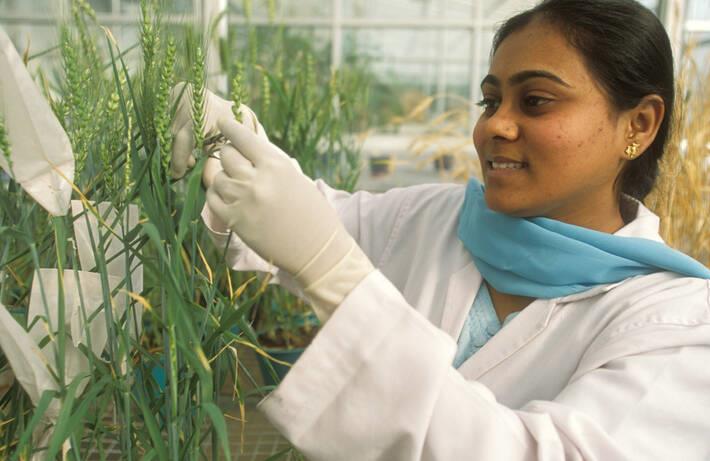In 2023, trade between China and South America made satisfactory progress, with new agriculture-related agreements reached in a single visit, with the aim of increasing trade between the two regions. Specifically, the visit of Brazilian President Luiz Inácio Lula da Silva to China that took place in April 2023, the first meeting of the leaders of these two countries, which was particularly successful as multiple agreements were signed during this visit.
Today, China imports most of its soybeans and meat from South America thanks to the increased interdependence between the regions. At the same time, South American countries have gained an important trading partner to develop their local economies, including the agricultural sector. Overview:
Brazil, already China’s main supplier of soybeans, expects to increase its exports thanks to these new agreements. This momentum will also allow the Chinese market to be opened up to new Brazilian products, such as citrus fruits and dairy products, which could generate substantial additional revenue for the Brazilian agricultural sector. Argentina, seeking to boost its economy, has also strengthened ties with China. In June 2023, an agreement was signed to facilitate the export of Argentine beef to the Chinese market, making China the main outlet for the beef sector. Chile, meanwhile, has similar agreements, aimed at boosting exports of seafood and agroforestry products to China. This progress illustrates Beijing’s ambitions to secure its food supplies in the long term in the face of exponential domestic demand.
However, this intensification of trade gives rise to environmental concerns. The expansion of Latin American agricultural production to meet Chinese demand is putting increased pressure on ecosystems, especially in the Amazon, where deforestation remains a major issue. Experts advocate healthier agricultural practices in order to reconcile economic growth with respect for the environment.




